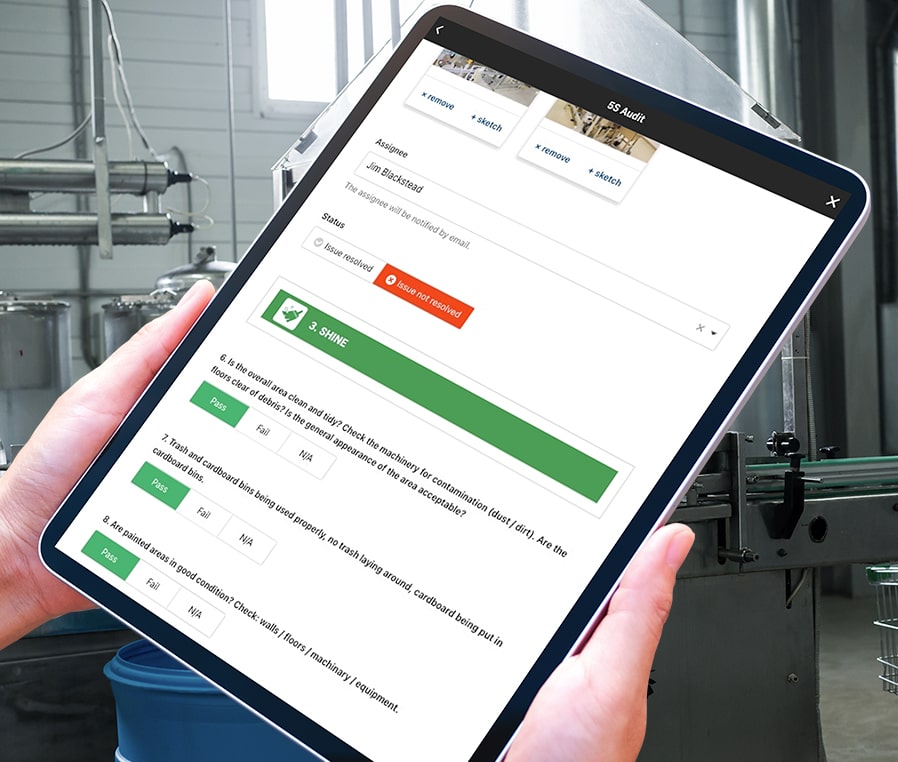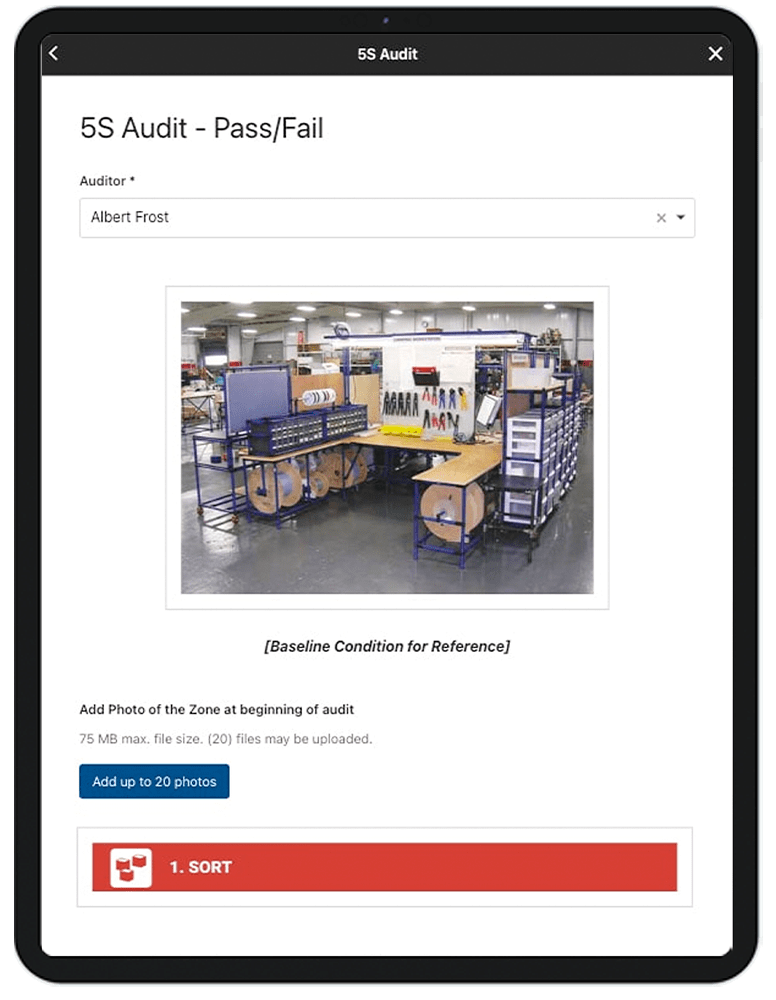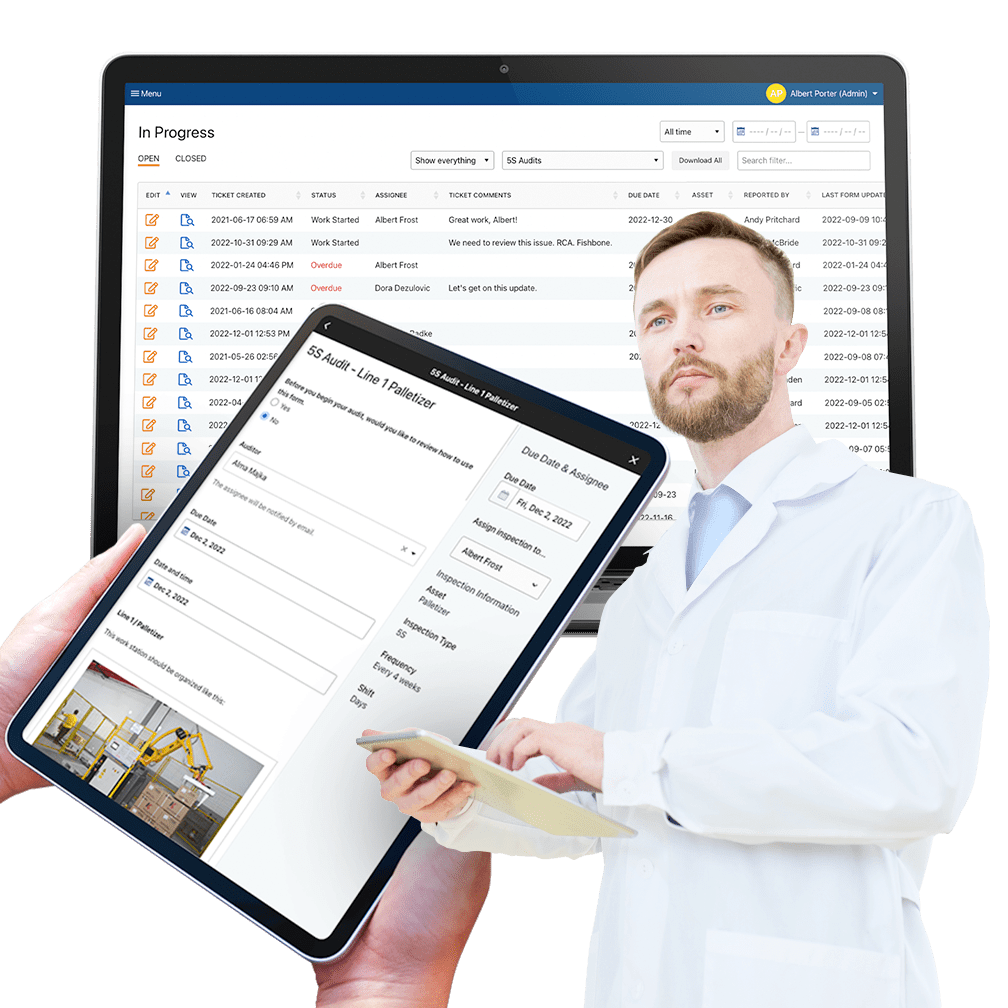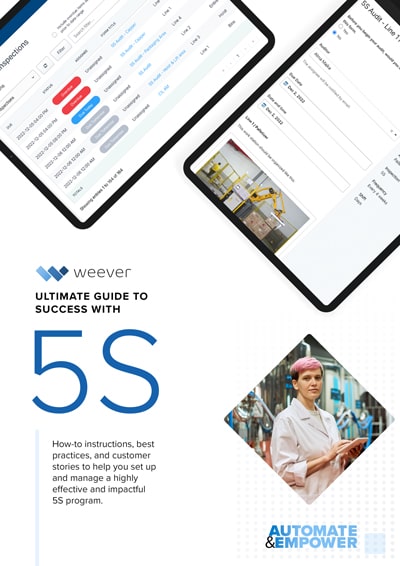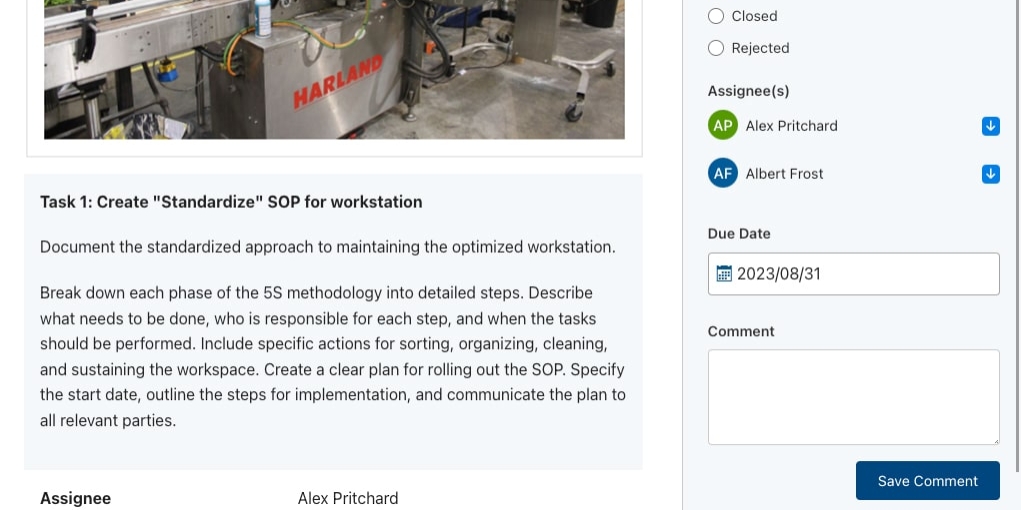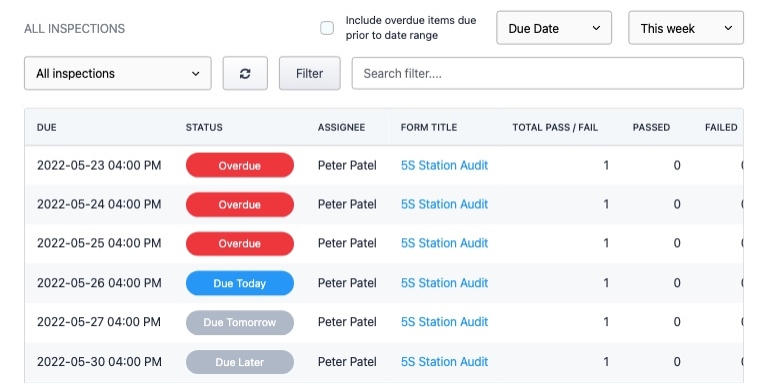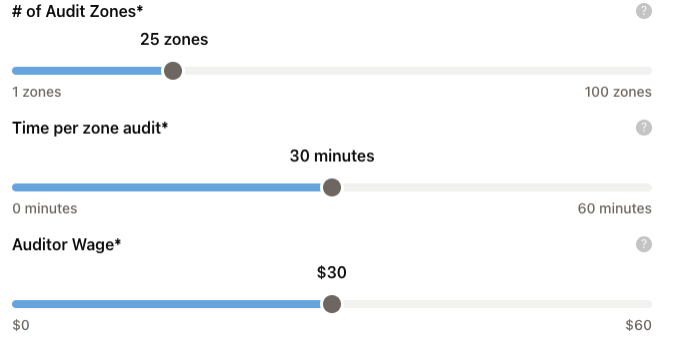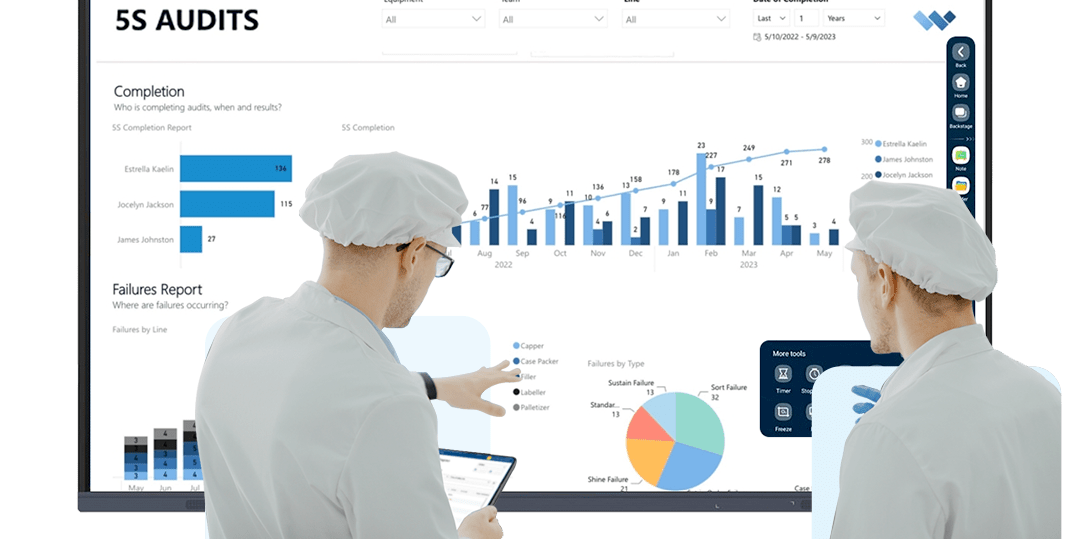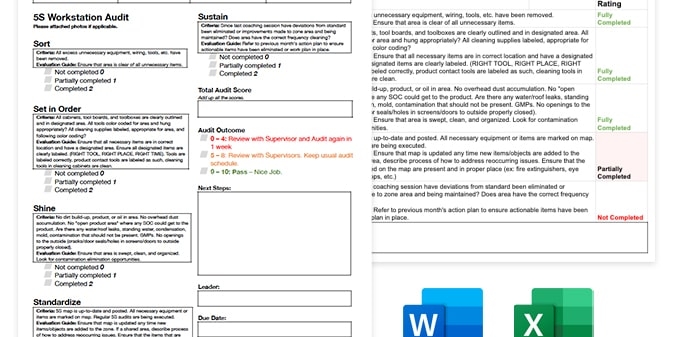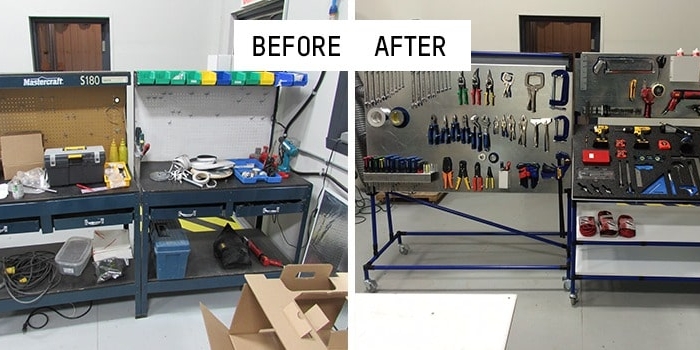How to create a 5S Audit Checklist
Practical guide to creating simple and powerful 5S audit checklists to ensure 5S principles are sustained and improvement opportunities are captured.
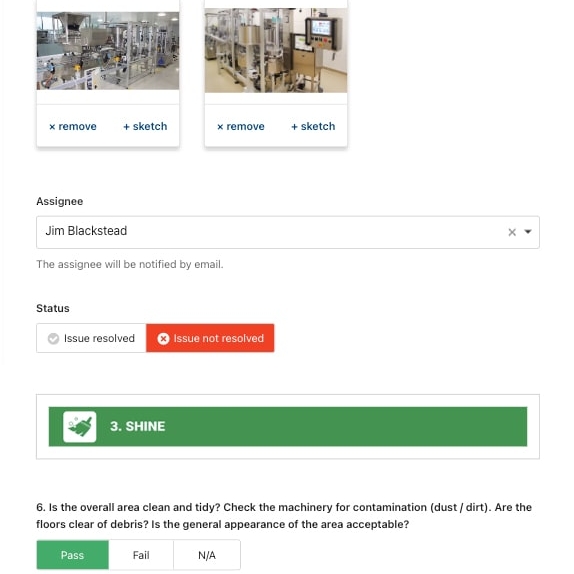
5S Overview
5S Planning
5S Implementation
5S Auditing
5S Audit Digitization
FREE RESOURCEs
If you are reading this guide, you have probably completed the workstation “Optimization” phase of 5S and you are looking for a way to “Normalize” your efficiency gains through 5S audits.
Creating efficient and rich checklists is crucial to the success of your program.
It is important to balance your need for comprehensive information to drive better strategic decisions with the need to make the audit as productive as possible.
What is a 5S Audit Checklist?
A 5S audit checklist is a structured tool used to evaluate and assess a workspace's adherence to the principles of 5S: Sort, Set in Order, Shine, Standardize, and Sustain. It serves as a comprehensive guide for auditors to systematically inspect various areas, processes, or departments within an organization to ensure they align with 5S standards and practices.
The checklist is typically organized into sections corresponding to each of the 5S principles, with specific items or criteria listed under each section. These items detail observable standards or behaviors that demonstrate compliance or non-compliance with the respective 5S principle.
- Sort - Assess the presence of unnecessary items or clear identification of essential tools
- Set in Order - Evaluate the logical arrangement of items and whether there are designated places for everything
- Shine - Criteria for workspace cleanliness and adherence to regular cleaning schedules
- Standardize - Assess whether standardized procedures are in place for maintaining organization and cleanliness.
- Sustain - Indicators of a culture that promotes continuous improvement and adherence to established 5S practices over time.
The checklist acts as a roadmap for auditors during assessments, guiding them through specific criteria to evaluate, document findings, and identify areas for improvement or commendation. It aids in ensuring consistency, objectivity, and thoroughness in evaluating the workspace against 5S principles.
Interested in learning more about Weever?
How to Establish Audit Criteria
For checklists to be effective, it is important to understand your audit criteria, which serves as the guidelines or standards against which the workspace will be evaluated during the audit process.
During the Optimization phase of your 5S journey, you should have taken comprehensive notes, and photos, that illustrate how each workstation needs to be organized to optimize productivity. This information will inform the audit criteria on which your checklists will be based.
The audit criteria defines standards for each 5S principle. For instance, under "Sort," define what constitutes necessary versus unnecessary items.
The criteria should be tailored to fit the unique needs and functions of different work areas or departments. What may be essential in one area might differ in another based on the nature of the work conducted.
Ensure that the criteria are clear, objective, and easily understood by auditors. Avoid ambiguity to prevent differing interpretations during audits.
Incorporate both quantitative and qualitative measures into the criteria. Quantitative measures might include specific counts (e.g., number of items in a workspace), while qualitative measures could involve visual inspections for cleanliness or organization.
Learn more about how to create audit criteria for each workstation ⇒
How to create your 5S audit checklists
Once your 5S audit criteria for each workstation, you can move forward and build your checklists. Audit checklist forms can be constructed in many different ways. Some find value in a grading system, whereas others want to assess more “binary” information, i.e. pass/fail. The grading system provides more context and the binary “pass/fail” system is easier to understand and more efficient to review.
In our experience, the best practice is to ask simple “pass/fail” questions, where only “failures” request additional information. The result of this is a highly efficient experience where rich data is captured when required.
Checklists should provide clear instructions to the auditor, especially when asking qualitative questions. What does “pass” mean in this case? What does “fail” mean?
Here is a comprehensive list of best practices you can use to create your 5S Audit Checklists:
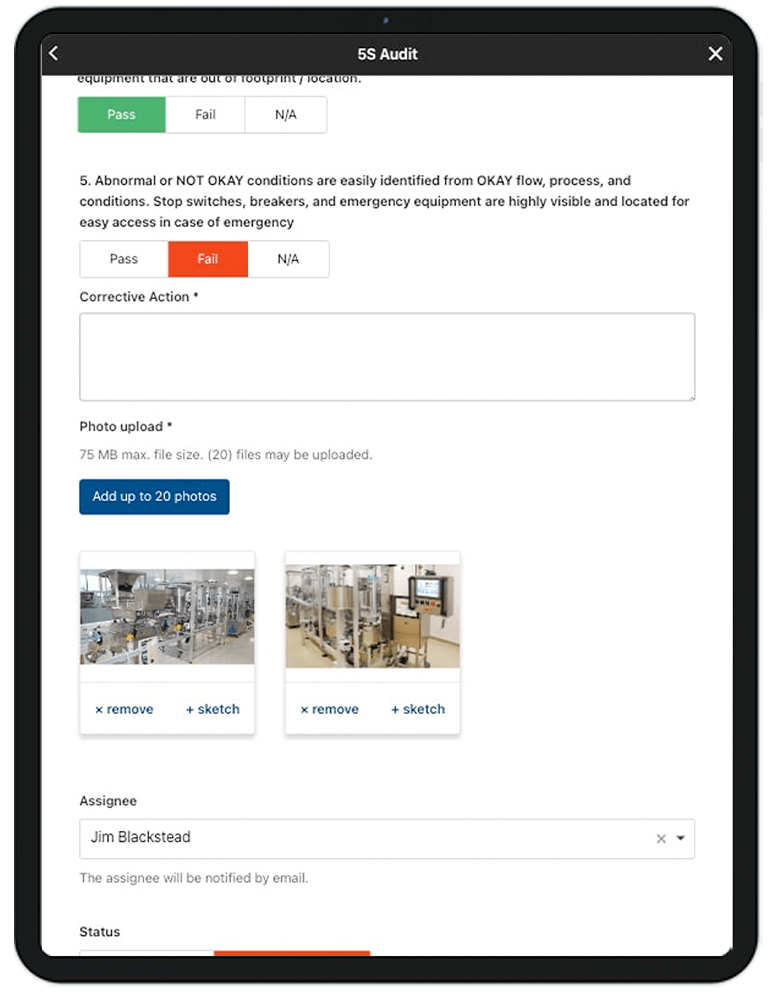
Be Specific and Objective
Ensure that the checklist items are specific, measurable, and objective. Avoid vague or ambiguous criteria that may lead to differing interpretations during audits.
Tailor to Each Unique Workspace
Customize the checklist to suit the unique needs and functions of different work areas or departments. What may be essential in one area might differ in another based on the nature of the work conducted.
Include Visual Aids or References
Incorporate visual aids, photographs, or reference materials where applicable to illustrate the expected standards. Visual references help auditors better understand and assess criteria.
Provide Clear Instructions
Include clear instructions or guidelines for auditors on how to conduct assessments, what to look for, and how to document findings. This ensures consistency in audit execution.
Consider Compliance Requirements
If there are specific compliance standards or regulations relevant to the workspace, ensure that the checklist incorporates these requirements for comprehensive assessments.
Quantitative and Qualitative Measures
Incorporate both quantitative and qualitative measures into the criteria. Quantitative measures might include specific counts (e.g., number of items in a workspace), while qualitative measures could involve visual inspections for cleanliness or organization.
Review and Validation
Review the checklist for completeness and accuracy. Validate the checklist by testing it in a real workspace environment to ensure its effectiveness before formal implementation.
Update and Refine as you go
Regularly update and refine the checklist based on feedback, changing organizational needs, or improvements identified during audits. The checklist should evolve to remain relevant and effective.
Creating a well-structured and detailed audit checklist ensures that audits are conducted consistently, thoroughly, and effectively, enabling comprehensive evaluations of workspace adherence to 5S principles.
Read our Ultimate Guide for 5S Auditing
Continue Learning about 5S
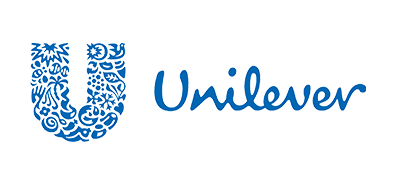

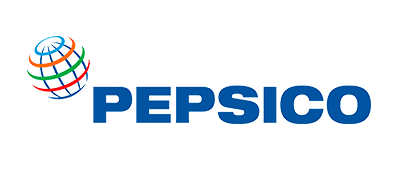


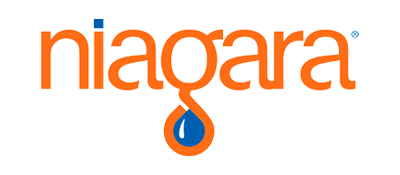
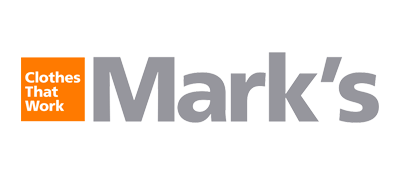
Marks

Diageo

Niagara Bottling

Walmart

PepsiCo logo

McDonald's

Unilever
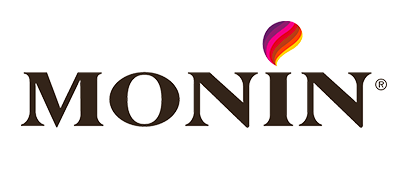
Monin

Hello Fresh
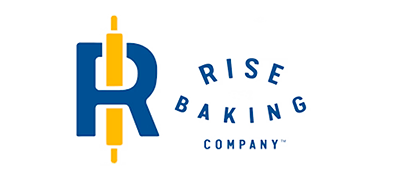
Rise Baking
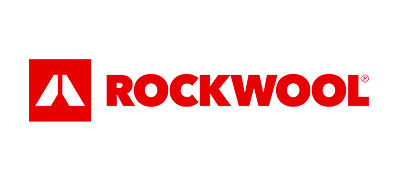
Rockwool
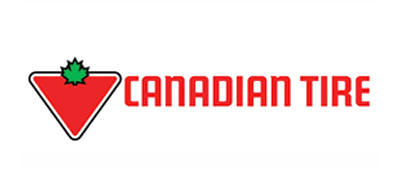
Canadian Tire

SportChek
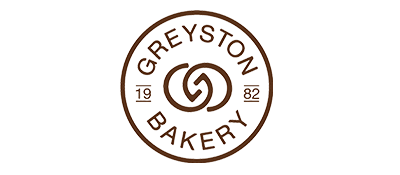
Greyston Bakery
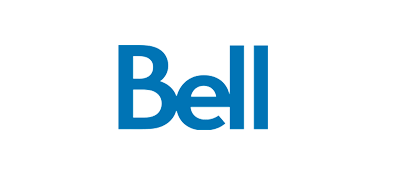
Bell
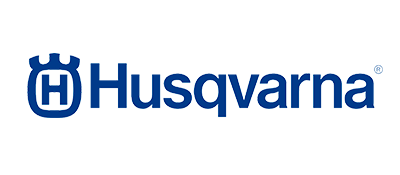
Husqvarna
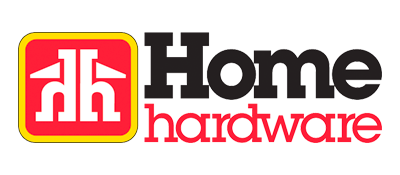
Home Hardware
